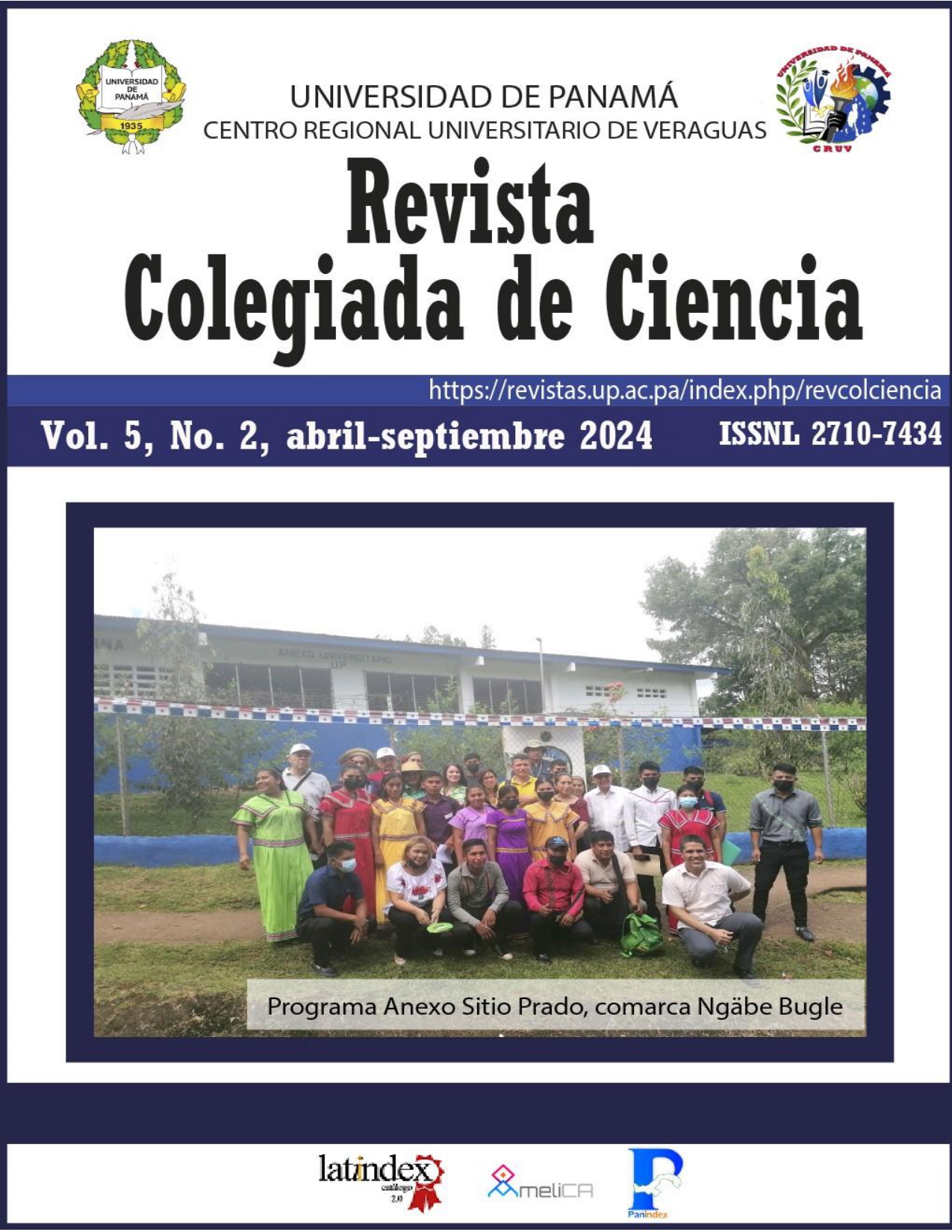

The objective of this research is to define a compensation method for the wake effect using the mathematical convolution operator between the incident flow data vector and a regenerative flow pattern, defined through projective geometry of wind lenses formed as arrangements of mobile kites. The method comprises the sampling of incident flow data, the mathematical operation of convolution defined in VHDL syntax for processing with the regenerative flow pattern, and the design of the array to achieve the geometric projection of the target pattern. As a result, a support equation and the design of dynamic flow laboratory practices are obtained, the main contribution being a technique based on a geometric model for the optimization of wind flow, based on configurable mobile elements and mathematical operators, simplifying the implementation. hardware and dynamic updating of installed wind systems.